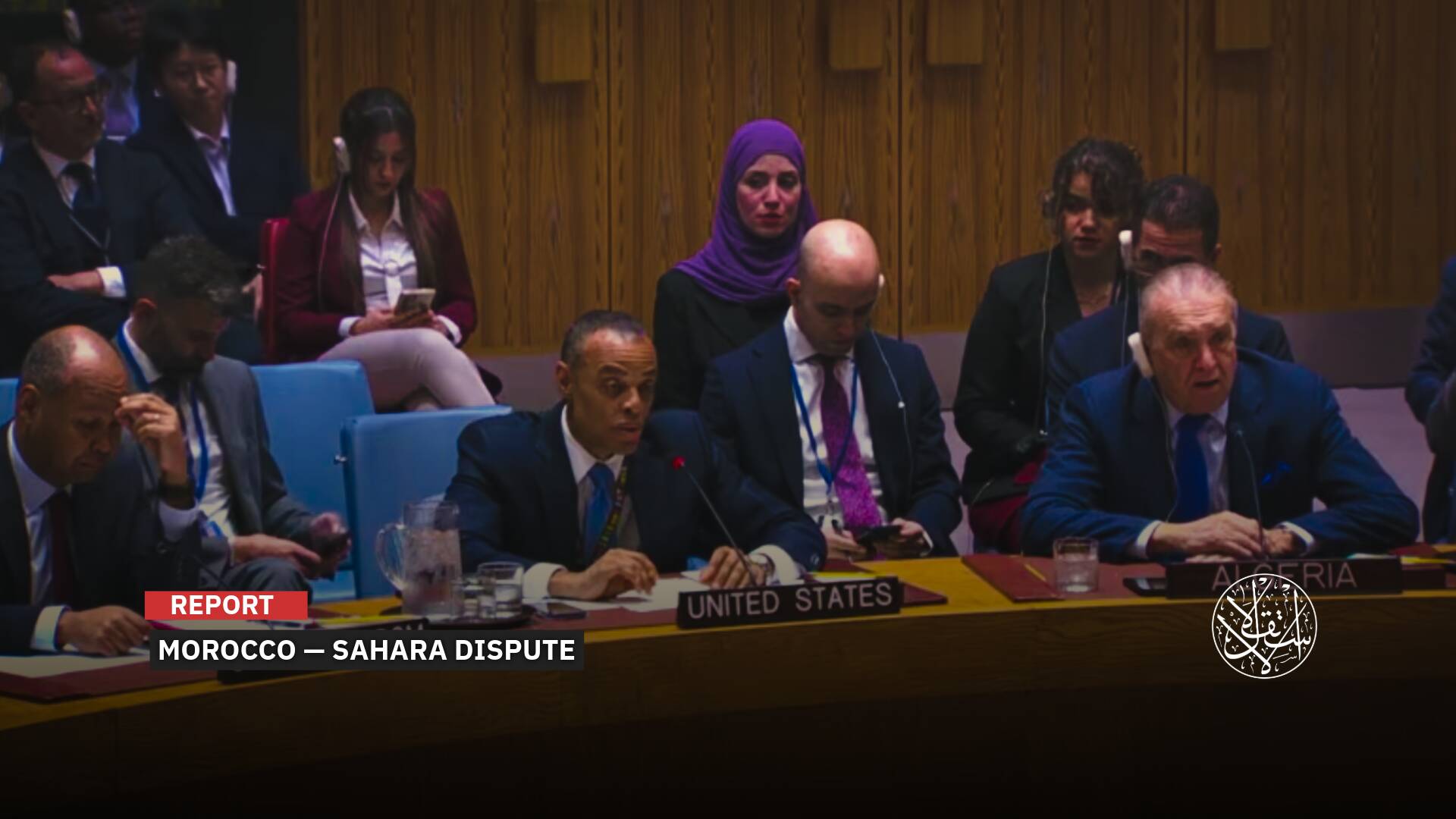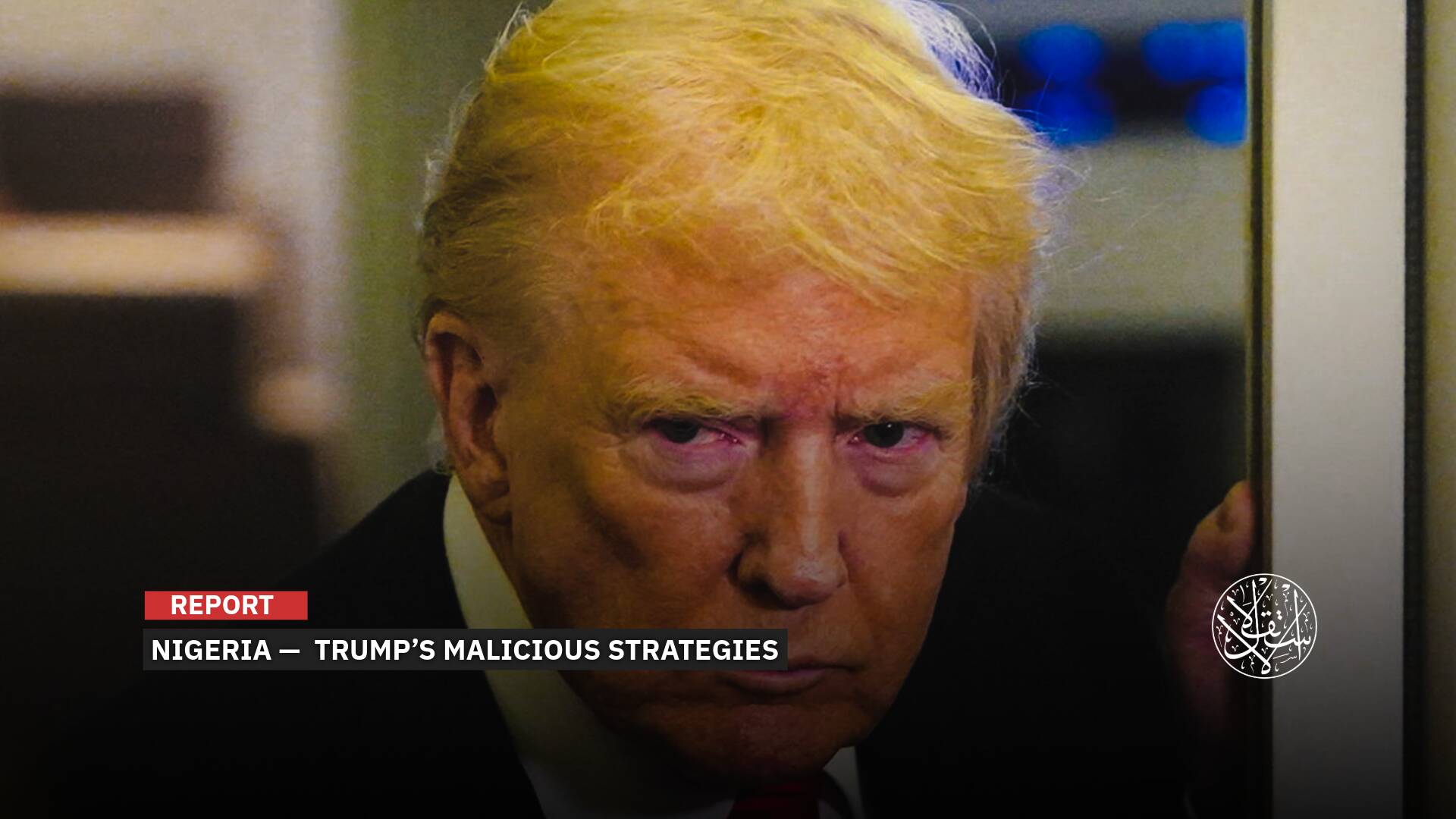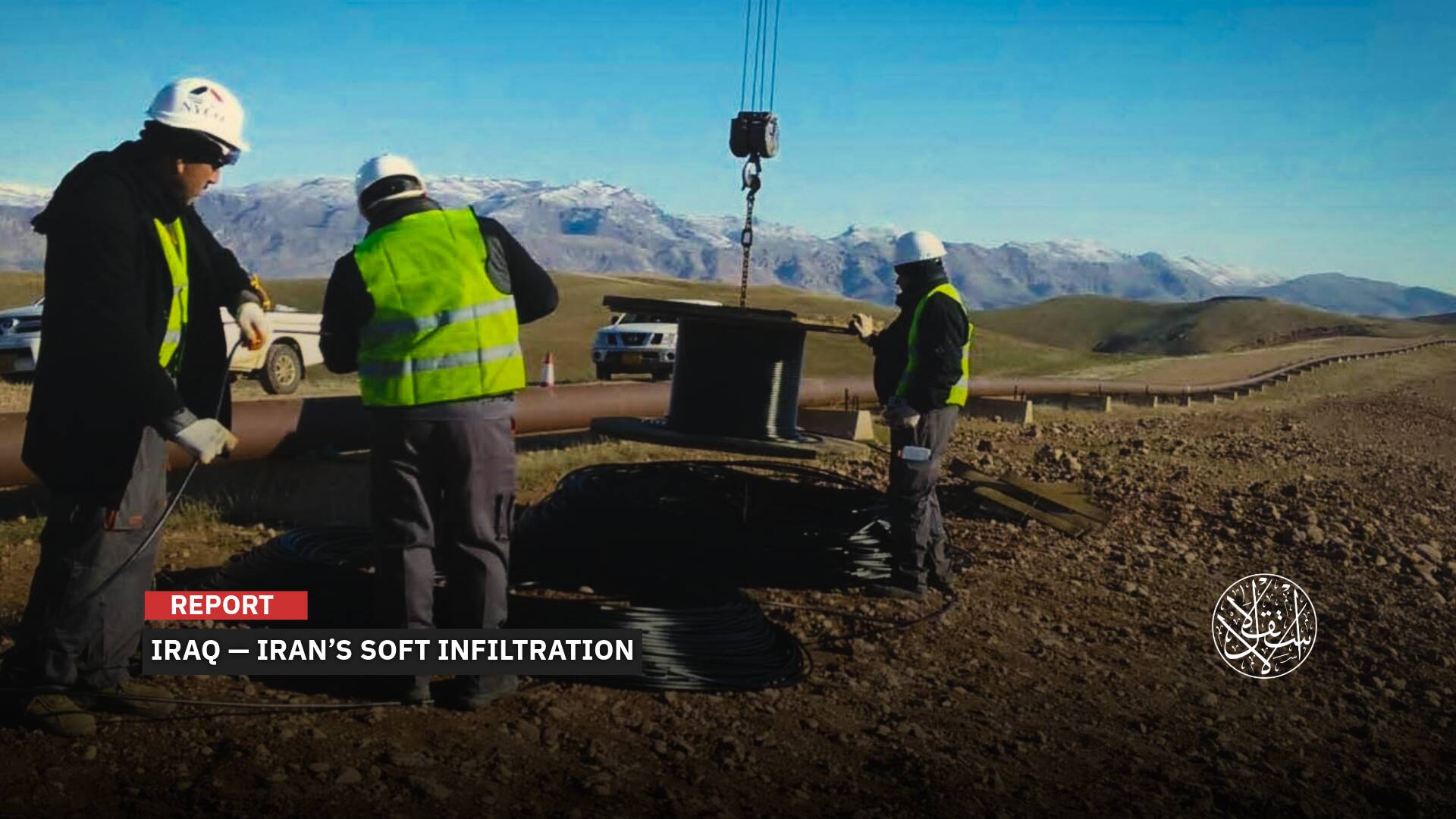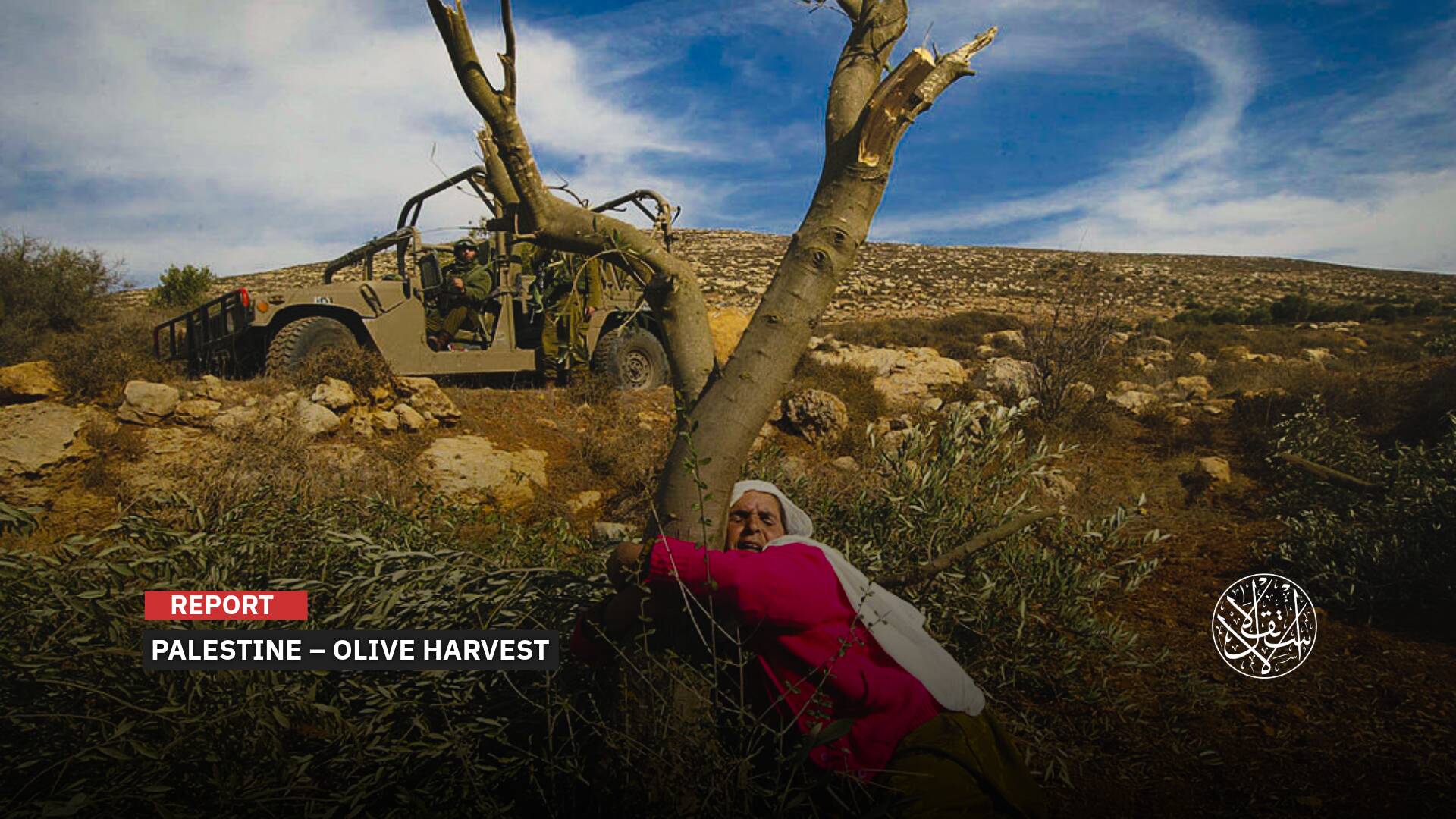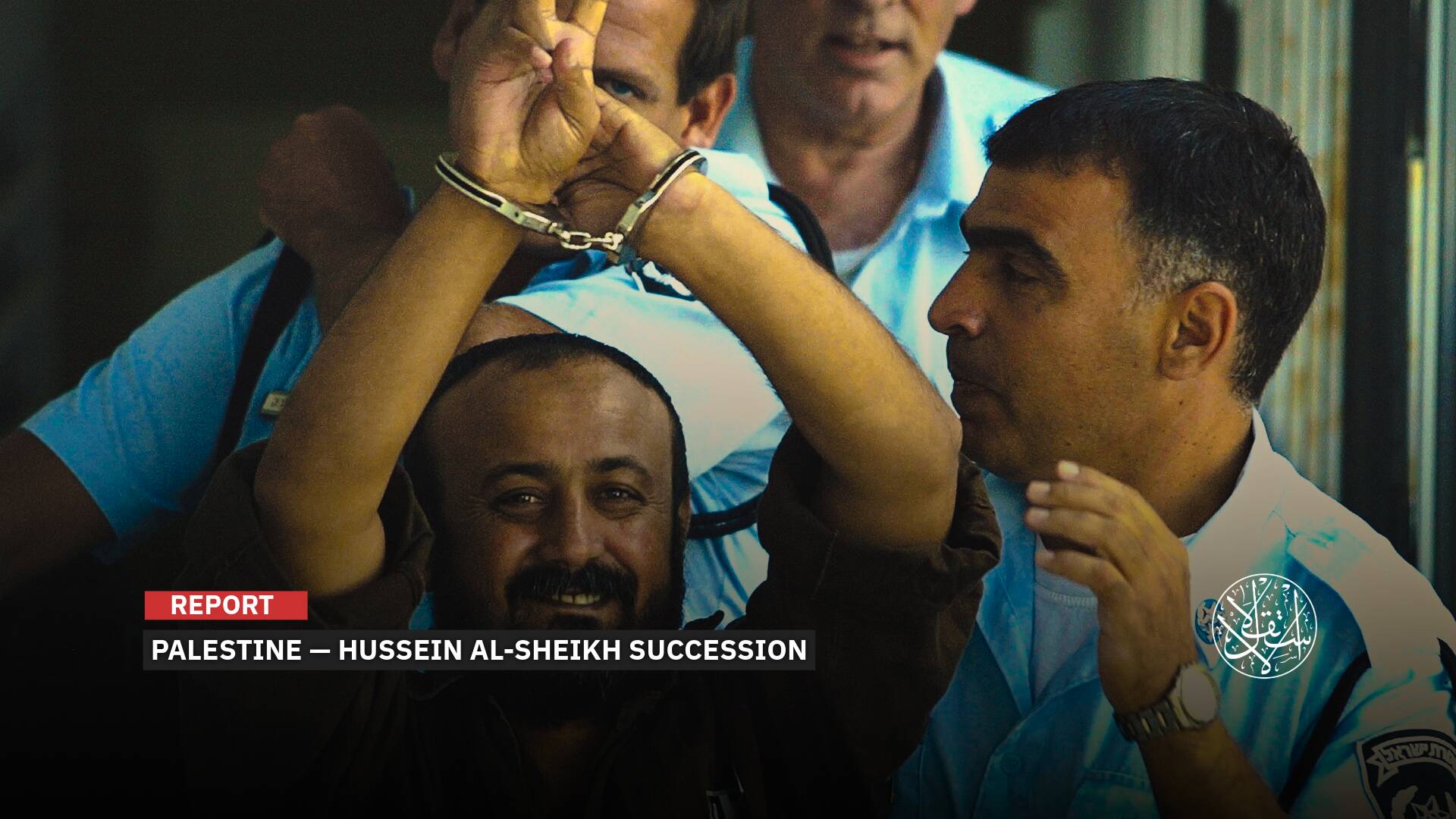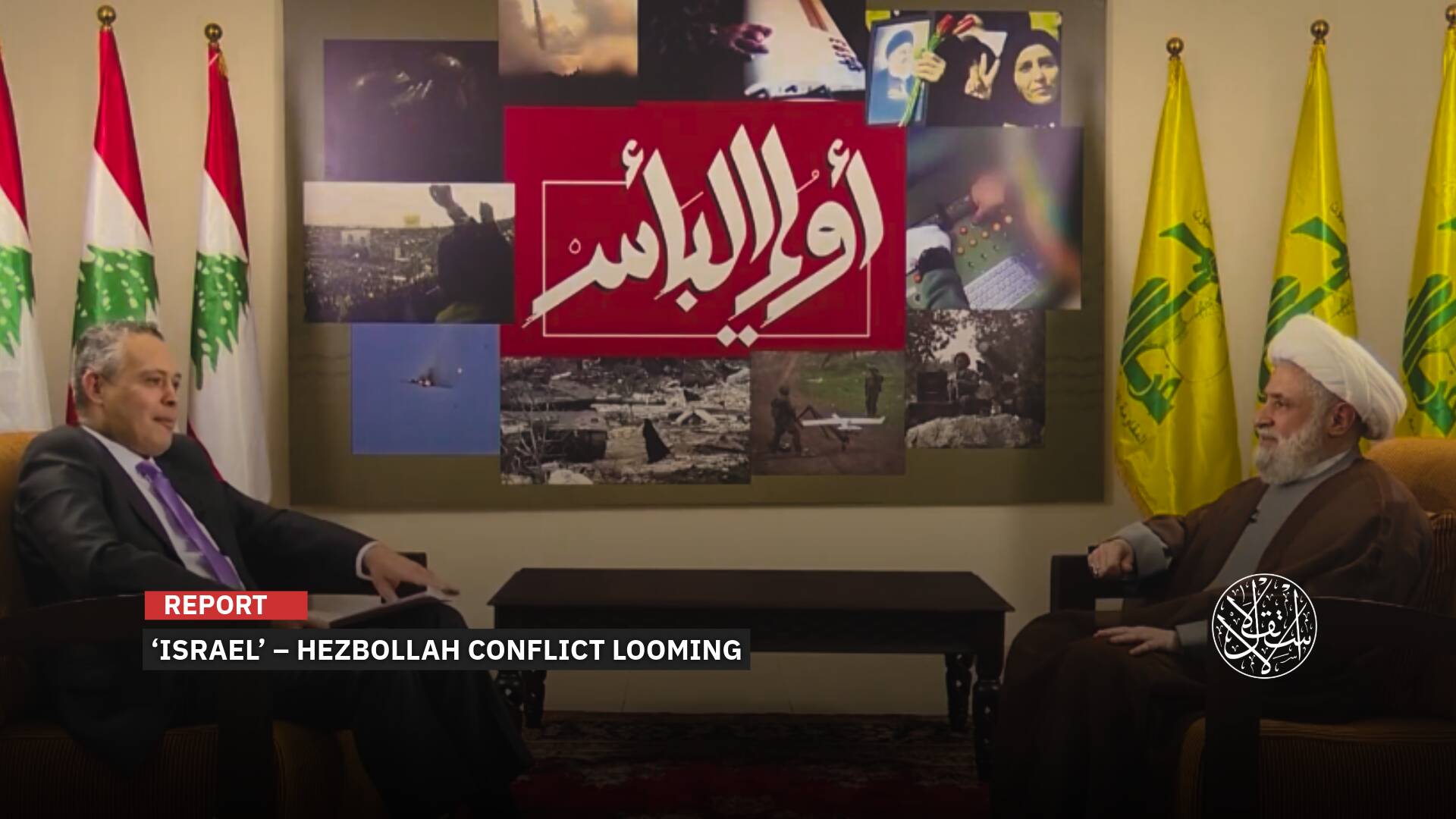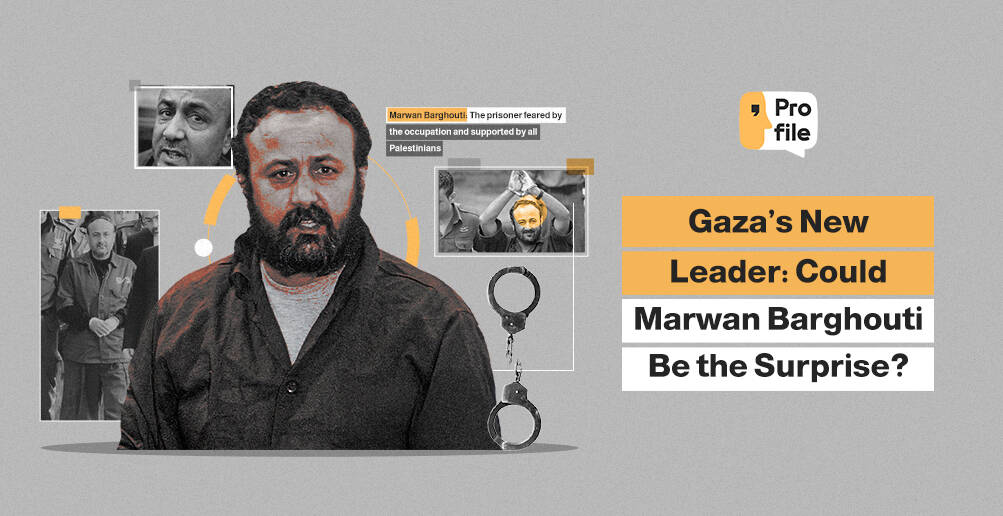Gaza Peacekeeping Force: What Are Its Mission, Powers, and Participating Countries?
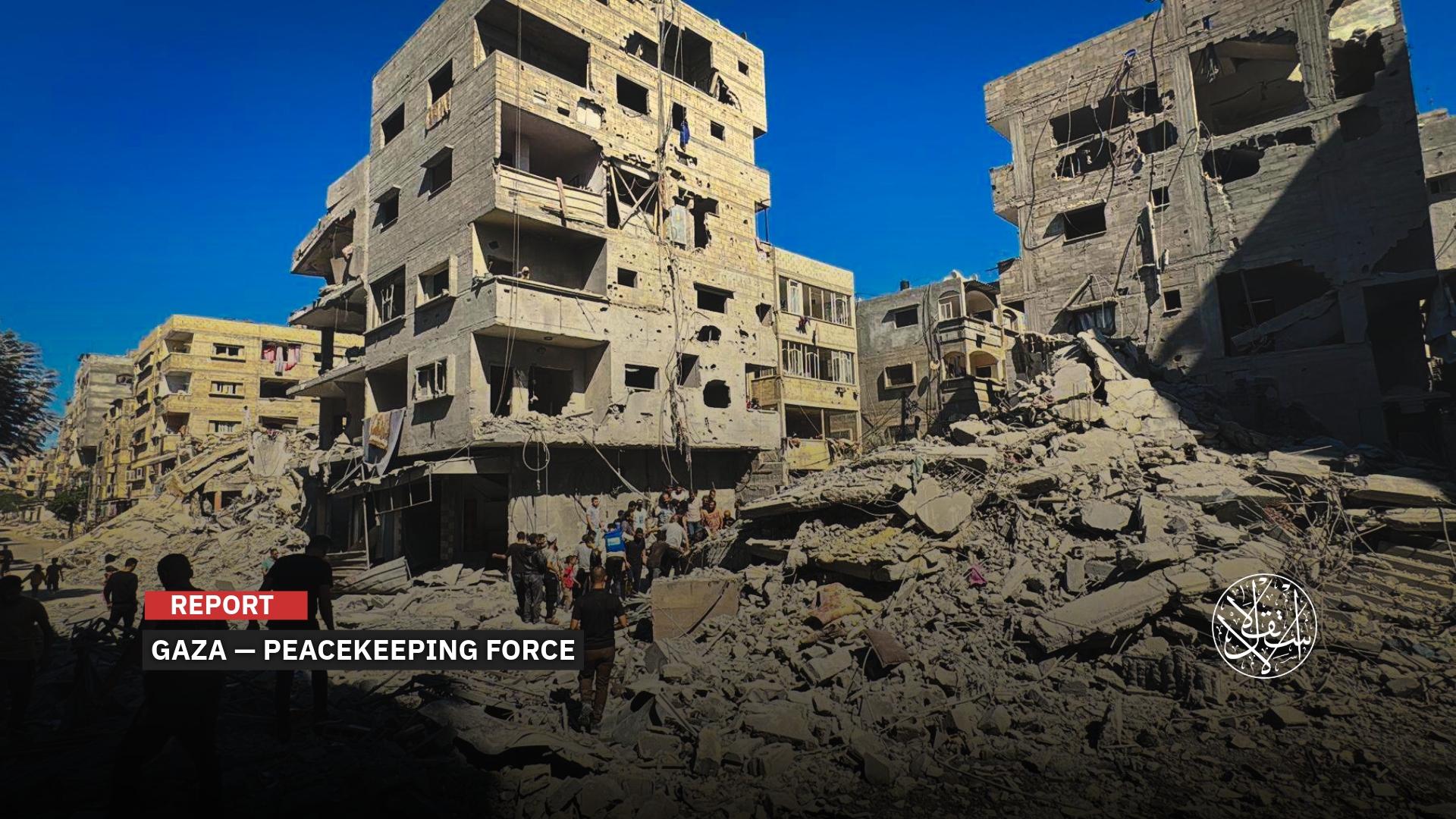
Officials in the Trump administration are holding talks with several countries about forming an international peacekeeping force.
Plans to form an international force to stabilize Gaza after the war remain unclear, as its mandate, oversight, and operations have yet to be defined.
This uncertainty has deepened the rift between the Israeli Occupation, which seeks full security control over Gaza, and Hamas, which insists the force should be limited to monitoring the borders rather than operating inside the enclave.
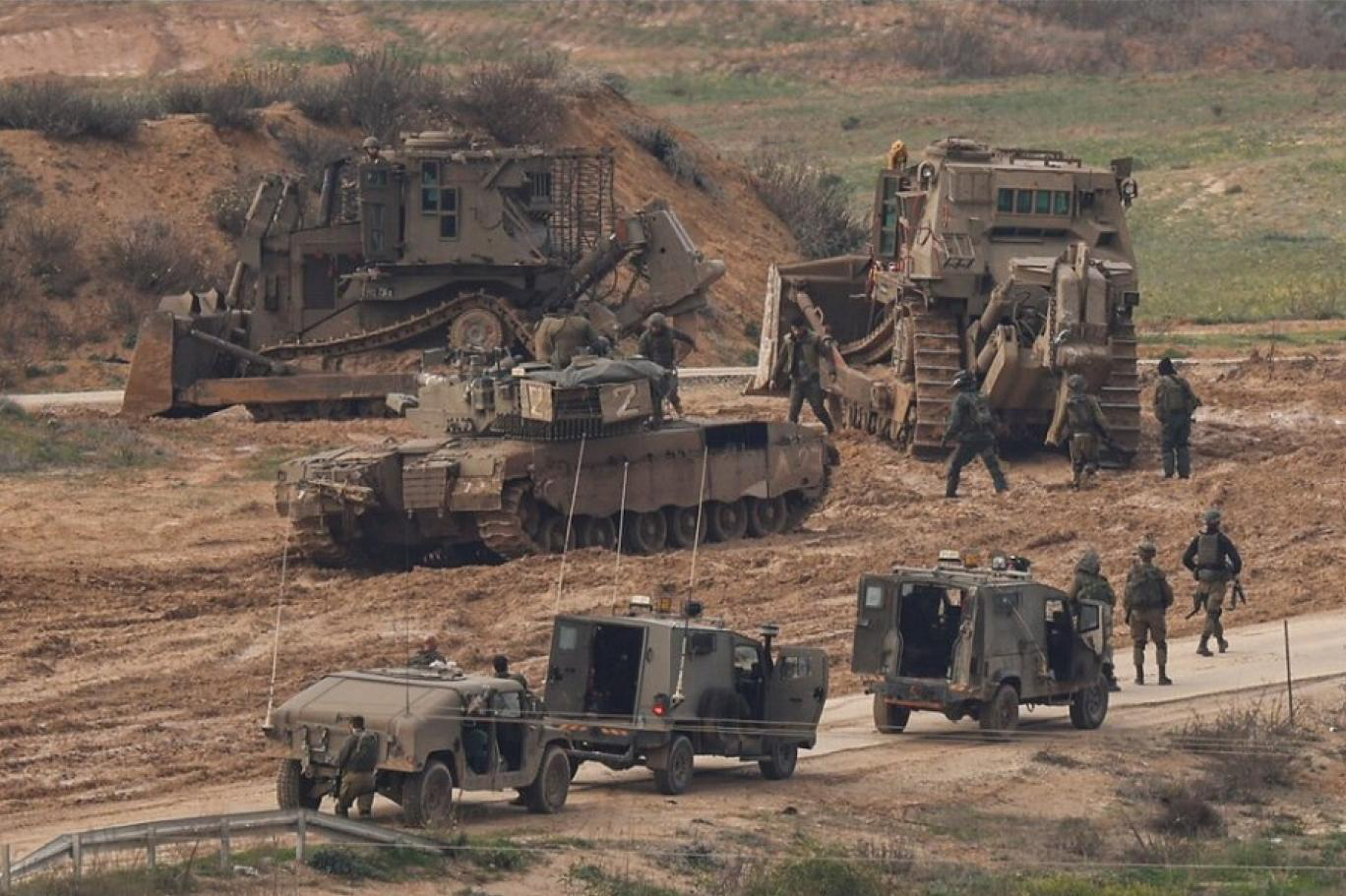
Mission and Scope
According to Article 15 of Trump’s ceasefire plan, signed on October 10, 2025, the United States will work with Arab and international partners to establish a temporary international stabilization force for immediate deployment in Gaza.
This force is part of the second phase of the ceasefire agreement brokered by Qatar, Egypt, Turkiye, and the United States. The phase also calls for the withdrawal of Israeli Occupation troops from the Strip, but negotiations over it have yet to begin.
It also includes the disarmament of Hamas—something the movement continues to reject—and the creation of a temporary administrative body under the new international transitional authority in Gaza, called the “Peace Council,” chaired by Trump.
Amid the uncertainty, U.S. Secretary of State Marco Rubio said on October 24 that the international force is still being formed and that several countries have shown interest in participating, without providing further details.
Axios reported on October 30 that U.S. officials are in talks with several countries to form the force, which could include Palestinian police units deployed in Gaza. The U.S. Central Command is reportedly drafting a plan to be submitted within weeks.
Israel’s Channel 2 said Washington is pushing to accelerate the formation of the multinational force, a move that has created tension between Washington and Tel Aviv.
On October 26, Hamas leader in Gaza Khalil al-Hayya told Al Jazeera that the movement welcomes Arab and Islamic countries to take part in the agreed-upon UN peacekeeping mission.
He emphasized that the mission of the force is to monitor and maintain the ceasefire and guard the borders, not to operate inside the Gaza Strip.
Trump’s plan states that the force will train and support approved Palestinian police units in Gaza, in coordination with Jordan and Egypt, which have extensive experience in this area. It will also work with the Israeli Occupation and Egypt to help secure border zones.
Qatari Prime Minister and Foreign Minister Sheikh Mohammed bin Abdulrahman al-Thani said Qatar is working with the United States to define the mandate of the international forces participating in the Gaza peace agreement, ensuring the safety of both Palestinians and Israelis without either posing a threat to the other.
In an interview with CNN, al-Thani stressed that the Palestinian Authority and police should manage Gaza and the West Bank, adding that no Arab or Islamic force would open fire on Palestinians.
The Telegraph reported on October 31 that the role of the peacekeeping force is still under discussion and that it is unclear whether it will be responsible for disarming Hamas or simply maintaining security after the movement relinquishes control.
Al-Hayya reiterated that Palestinians live under occupation and have the right under international law to resist. He added that the weapons of the factions are tied to the existence of the occupation and aggression, and that once a Palestinian state is established, those arms and fighters will belong to the state.
Israeli Occupation government spokesperson Shosh Bedrosian said on October 27 that the details of the international force are still under review and will be announced later, emphasizing that “Israel” seeks full security control over Gaza.
She did not clarify what that control would entail, raising Palestinian concerns that the plan could cement the occupation through a nominal international force effectively shaped and directed by “Israel.”

Mandate and Participants
While the Palestinian Authority and several countries are calling for the deployment of a Gaza peacekeeping and stabilization force under a United Nations Security Council mandate, the Israeli Occupation opposes this approach and objects to the participation of certain countries.
At the Manama Dialogue Forum in Bahrain on November 1, 2025, Jordan and Germany both urged that the force be authorized by the UN Security Council. “We all agree that in order for that stabilization force to be able to be effective in getting the job done, it has to have a Security Council mandate,” Jordanian Foreign Minister Ayman Safadi said.
German Foreign Minister Johann Wadephul expressed Berlin’s support for granting the Gaza force an international mandate, saying it needs a clear basis in international law. He noted that such a mandate would be vital both for countries willing to send troops and for the Palestinians themselves.
Turkish Foreign Minister Hakan Fidan echoed this view on November 3, stating that the planned international force to monitor the ceasefire in Gaza must be defined by a UN resolution outlining its composition and mandate. His remarks followed a meeting of Islamic foreign ministers from Qatar, Saudi Arabia, the UAE, Jordan, Indonesia, and Pakistan.
However, the Israeli Public Broadcasting Corporation Kan reported that Tel Aviv objects to the creation of the Gaza force through the UN Security Council, similar to UN peacekeeping missions in Lebanon and Syria. The Israeli Occupation also opposes the participation of Turkish troops, even as Trump insists on including Turkiye—either within the force or in Gaza’s reconstruction efforts.
On October 22, Israeli Prime Minister Benjamin Netanyahu told U.S. Vice President J.D. Vance in Occupied Jerusalem that he strongly rejects the idea of Turkish troops in Gaza. Vance, for his part, said Ankara could play a “constructive role” in the next phase of the peace plan but emphasized that any foreign troop deployment, including Turkish, would require explicit Israeli approval.
Netanyahu reiterated during a cabinet meeting on October 26 that “Israel is an independent country. Our security policy is in our own hands. We have made it clear regarding international forces that Israel will determine which forces are unacceptable to us.”
Turkiye has maintained that it intends to participate in the force and that its military could serve in either a civilian or military capacity, depending on the mission’s needs. After the ceasefire, President Recep Tayyip Erdogan said Turkiye could take on a “field role” in Gaza, without elaborating further.
According to The Jerusalem Post, “Israel” has also rejected Qatar’s participation, citing both countries’ ties to Hamas. The paper added that Qatar and Turkiye are founded on the principles of the Muslim Brotherhood, the same ideological roots as Hamas.
The Telegraph quoted diplomatic sources saying that the deployed peacekeeping troops would likely come only from Muslim-majority countries. Analysts have speculated that Indonesia, which has softened its stance toward “Israel” in recent months, may take part, alongside Egypt and the UAE, while Jordan has publicly ruled out participation.
Sources told Axios that Indonesia, Azerbaijan, Egypt, and Turkiye have all expressed willingness to contribute troops to the international force planned for deployment in Gaza.
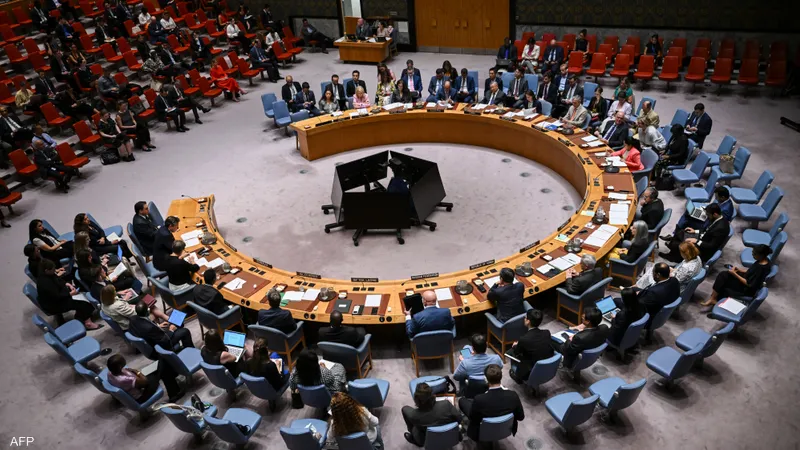
Legal Gaps and Practical Hurdles
Mohammed Emad, director of legal affairs and policy at Skyline International for Human Rights, says that from a strictly legal standpoint, such a force would be created by a UN Security Council resolution under either Chapter Six of the UN Charter to stabilize a ceasefire or Chapter Seven to impose it by force.
“Regardless of the legal basis, once the Security Council establishes the force, its authority would answer to the UN Secretary-General, who would determine its mandate, the immunity granted to it, and its military and field powers,” he told Al-Estiklal.
He added that force composition normally takes into account the operational conditions on the ground where it will deploy.
Emad warned that Gaza is legally, politically, and operationally complex, presenting multiple challenges for any deploying force.
First, Gaza has long been subject to occupation, even before the current war, since the Israeli Occupation controls its sea, air, and land access.
Second, the presence of armed Palestinian factions complicates the rules of engagement and raises legal objections under international norms.
Third, “Israel” imposes specific conditions and objects to troops from certain countries, such as Turkiye.
For these reasons, Emad said implementation will not be easy, particularly given “Israel’s” reluctance so far to honor ceasefire terms and timelines.
Fourth, he pointed to legal uncertainty over how the force would be formed and what powers it would have. Drawing on precedent from Lebanon and parts of Africa, he noted that UN peacekeepers have often been limited to monitoring with little real authority.
He posed the critical question: even if the Security Council authorizes the force, will it be able to restrain “Israel” and stop violations? Can participating countries guarantee civilian protection and the delivery of the humanitarian provisions in the ceasefire, or will the deployment be merely symbolic?
Emad concluded that these are open issues and that no legal expert can give definitive answers amid shifting and sensitive political circumstances.
The New York Times argued that establishing peace requires the Trump administration to launch an immediate, high-level diplomatic drive to create and field an international force in Gaza. In an October 27 commentary, the paper said such a force could help fill the growing security vacuum in Gaza, enable Palestinian self-governance, protect “Israel” from threats, and later address thorny political questions in the peace plan, including how to disarm Hamas.
The paper reported that the U.S. Secretary of State had proposed a UN resolution authorizing the force and urged swift negotiations at the Security Council. It suggested building on elements of proposals once advanced by former Secretary of State Antony Blinken and former Prime Minister Tony Blair for Gaza’s governance and security.
The New York Times recommended that Blair work with U.S. Central Command to define military objectives and rules of engagement for the international force. It named Jakarta as a possible lead for troops and proposed Egyptian and Azerbaijani participation, noting that the recently created civil-military coordination center in “Israel” could be relocated to Egypt.


